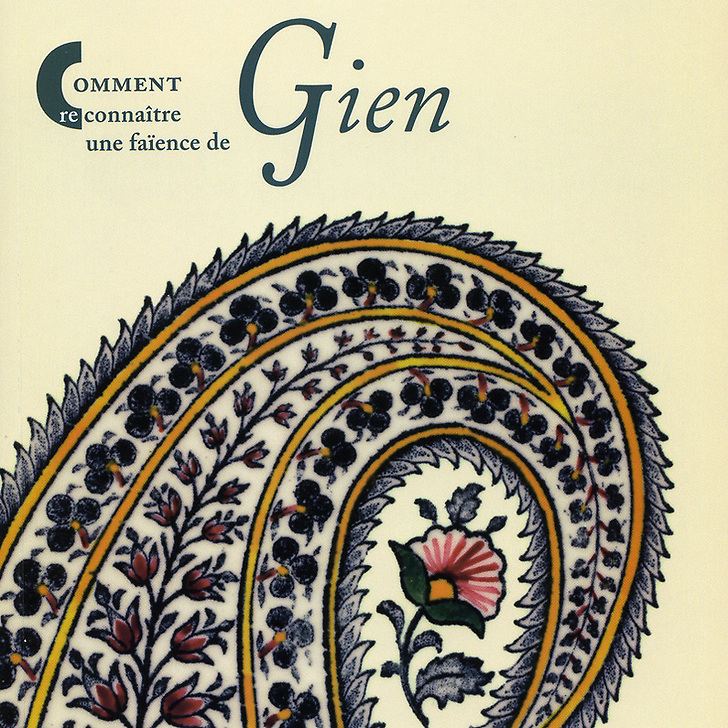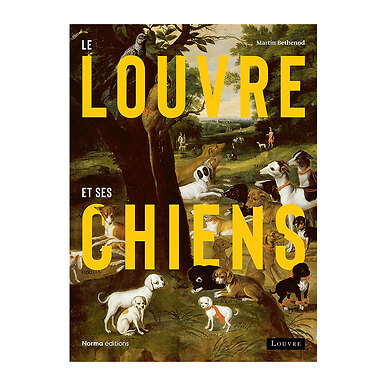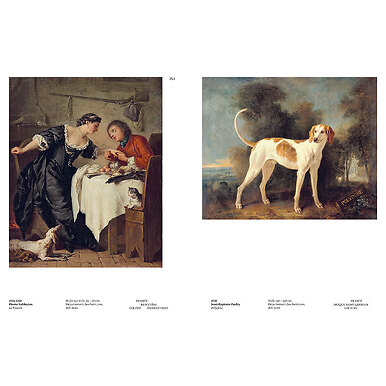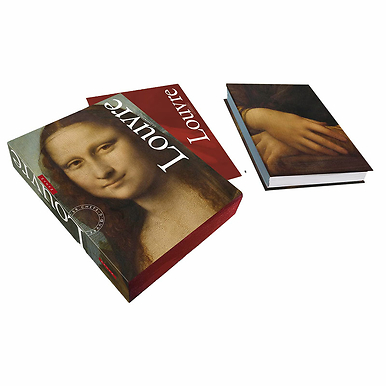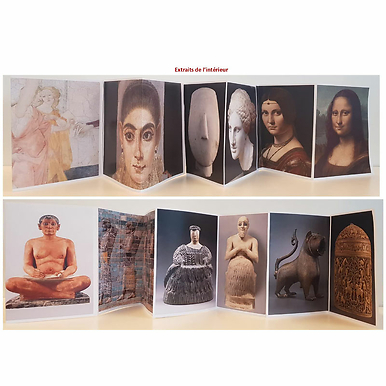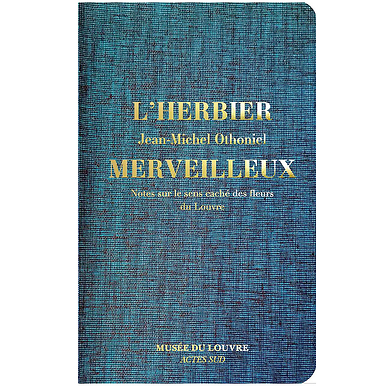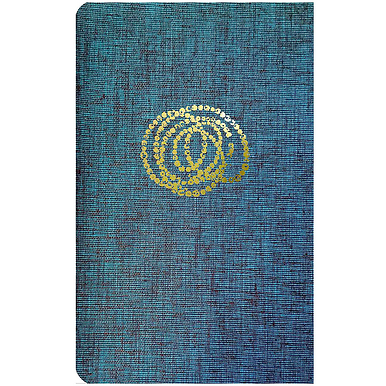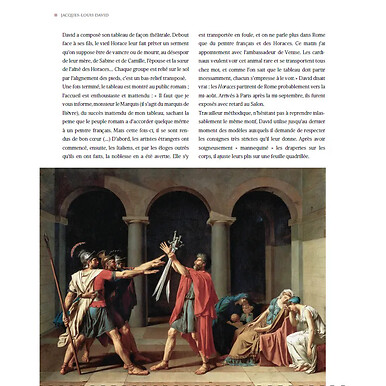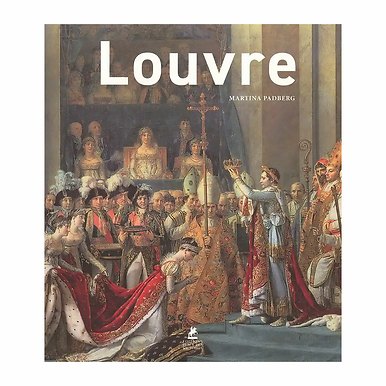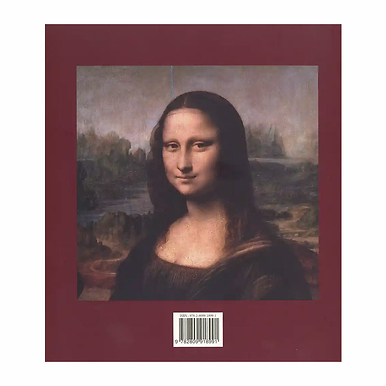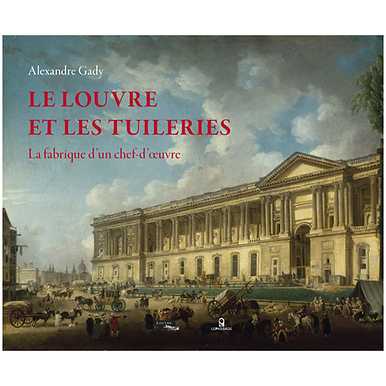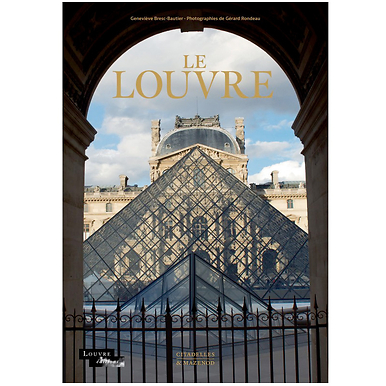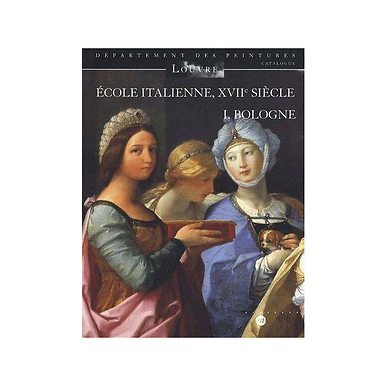Comment reconnaître une faïence de Gien
GB105327
This book, which combines the various aspects of this manufacturing, is a guide to recognize better earthenware of Gien, in the Loiret department, France.
In 1821, Englishman Thomas Hulm, known as Hall, acquired a plot of land in Gien to build a fine earthenware factory. It then produced simple white...
Read more
This book, which combines the various aspects of this manufacturing, is a guide to recognize better earthenware of Gien, in the Loiret department, France.
In 1821, Englishman Thomas Hulm, known as Hall, acquired a plot of land in Gien to build a fine earthenware factory. It then produced simple white pieces.
The manufacture started by researching quality techniques, then, in 1840, it launched itself into competition by introducing many hand-painted decors, or prints responding to various fashions: different sites, rebuses and adages, songs and morals scenes, often in series.
The manufacture boomed during the second half of the 19th century thanks to the reproduction of 18th century decors, in particular of mantling of Rouen. Renaissance inspiration, rock-work style, Far-East influences, use or re-interpretation of ancient shapes and forms, among other things, make Gien's production special.
The exceptional diversity of shapes and decors characterize Gien's fine earthenware and shows an infinite creativity that enabled it to last until today.
This book brings together various aspects of this manufacturing and is a good guide to identify and recognize Gien earthenware better.
Close
Sold by GrandPalaisRmn

